The Investigation of the Adsorption of Methylene Blue from Water by Torrefied Biomass
Abstract
1. Introduction
2. Materials and Methods
2.1. Biomass
2.2. Biochar Production
2.3. Physical and Chemical Properties of Biochar and Feedstocks
2.4. Preparation of Adsorbent and MB Solution
2.5. Adsorption Studies
2.6. Kinetic Modeling
- Homogeneous liquid phase;
- Isothermal process;
- No reactions occur.
2.7. Desorption Studies
3. Results and Discussions
3.1. Solid Yield and Energy Properties of Biochar
3.2. Adsorption Studies
3.3. Kinetic Model
3.4. Desorption Studies
4. Conclusions
Author Contributions
Funding
Institutional Review Board Statement
Informed Consent Statement
Data Availability Statement
Conflicts of Interest
Abbreviations
| BGP | Biochar grape pomace |
| BTP | Biochar tree pruning |
| BES | Biochar eucalyptus sawdust |
| BSB | Biochar sugarcane bagasse |
| qe | Adsorption capacity at equilibrium |
| Re | Adsorption efficiency at equilibrium |
References
- Singh, R.; Goyal, A.; Sinha, S. Global insights into biochar: Production, sustainable applications, and market dynamics. Biomass Bioenergy 2025, 194, 107663. [Google Scholar] [CrossRef]
- Yadav, N.; Yadav, G.; Bakthavachalam, V.; Potturaja, L.; Roy, J.K.; Elumalai, S. Agro-industrial residue torrefaction to bio-coal: Its physico-chemical characterization and potential applications in energy and environmental protection. Bioresour. Technol. 2025, 418, 131948. [Google Scholar] [CrossRef]
- Lin, S.L.; Zhang, H.; Chen, W.H.; Song, M.; Kwon, E.E. Low-temperature biochar production from torrefaction for wastewater treatment: A review. Bioresour. Technol. 2023, 387, 129588. [Google Scholar] [CrossRef] [PubMed]
- Cahyanti, M.N.; Doddapaneni, T.R.K.C.; Kikas, T. Biomass torrefaction: An overview on process parameters, economic and environmental aspects and recent advancements. Bioresour. Technol. 2020, 301, 122737. [Google Scholar] [CrossRef]
- Romão, E.L.; Conte, R.A. Energy gains of eucalyptus by torrefaction process. Ciencia 2021, 23, 3–4. [Google Scholar] [CrossRef]
- Yu, K.L.; Lee, X.J.; Ong, H.C.; Chen, W.-H.; Chang, J.-S.; Lin, C.-S.; Show, P.L.; Ling, T.C. Adsorptive removal of cationic methylene blue and anionic Congo red dyes using wet-torrefied microalgal biochar: Equilibrium, kinetic and mechanism modeling. Environ. Pollut. 2021, 272, 115986. [Google Scholar] [CrossRef]
- Hu, H.; Zhang, J.; Wang, T.; Wang, P. Adsorption of toxic metal ion in agricultural wastewater by torrefaction biochar from bamboo shoot shell. J. Clean. Prod. 2022, 338, 130558. [Google Scholar] [CrossRef]
- Shen, Y.; Guo, J.Z.; Bai, L.Q.; Chen, X.Q.; Li, B. High effective adsorption of Pb(II) from solution by biochar derived from torrefaction of ammonium persulphate pretreated bamboo. Bioresour. Technol. 2021, 323, 124616. [Google Scholar] [CrossRef]
- Bian, P.; Shao, Q. Efficient adsorption of hexavalent chromium in water by torrefaction biochar from lignin-rich kiwifruit branches: The combination of experiment, 2D-COS and DFT calculation. Int. J. Biol. Macromol. 2024, 273, 133116. [Google Scholar] [CrossRef]
- Gan, Y.Y.; Ong, H.C.; Show, P.L.; Ling, T.C.; Chen, W.-H.; Yu, K.L.; Abdullah, R. Torrefaction of microalgal biochar as potential coal fuel and application as bio-adsorbent. Energy Convers. Manag. 2018, 165, 152–162. [Google Scholar] [CrossRef]
- Güleç, F.; Williams, O.; Kostas, E.T.; Samson, A.; Stevens, L.A.; Lester, E. A comprehensive comparative study on methylene blue removal from aqueous solution using biochars produced from rapeseed, whitewood, and seaweed via different thermal conversion technologies. Fuel 2022, 330, 125428. [Google Scholar] [CrossRef]
- Tu, R.; Sun, Y.; Wu, Y.; Fan, X.; Cheng, S.; Jiang, E.; Xu, X. The fuel properties and adsorption capacities of torrefied camellia shell obtained via different steam-torrefaction reactors. Energy 2022, 238, 121969. [Google Scholar] [CrossRef]
- Puri, M.; Gandhi, K.; Kumar, M.S. Emerging environmental contaminants: A global perspective on policies and regulations. J. Environ. Manage 2023, 332, 117344. [Google Scholar] [CrossRef]
- Al-Tohamy, R.; Ali, S.S.; Li, F.; Okasha, K.M.; Mahmoud, Y.A.-G.; Elsamahy, T.; Jiao, H.; Fu, Y.; Sun, J. A critical review on the treatment of dye-containing wastewater: Ecotoxicological and health concerns of textile dyes and possible remediation approaches for environmental safety. Ecotoxicol. Environ. Saf. 2022, 231, 113160. [Google Scholar] [CrossRef]
- Ciğeroğlu, Z.; El Messaoudi, N.; Şenol, Z.M.; Başkan, G.; Georgin, J.; Gubernat, S. Clay-based nanomaterials and their adsorptive removal efficiency for dyes and antibiotics: A review. Mater. Today Sustain. 2024, 26, 100735. [Google Scholar] [CrossRef]
- Tripathi, M.; Singh, S.; Pathak, S.; Kasaudhan, J.; Mishra, A.; Bala, S.; Garg, D.; Singh, R.; Singh, P.; Singh, P.K.; et al. Recent Strategies for the Remediation of Textile Dyes from Wastewater: A Systematic Review. Toxics 2023, 11, 940. [Google Scholar] [CrossRef]
- Bridgeman, T.G.; Jones, J.M.; Shield, I.; Williams, P.T. Torrefaction of reed canary grass, wheat straw and willow to enhance solid fuel qualities and combustion properties. Fuel 2008, 87, 844–856. [Google Scholar] [CrossRef]
- ASTM D3173-12; Test Method for Moisture in the Analysis Sample of Coal and Coke form Coal. American Society for Testing and Material: West Conshohocken, PA, USA, 2018.
- ASTM D3174-12; Test Method for Ash in the Analysis Sample of Coal and Coke form Coal. American Society for Testing and Material: West Conshohocken, PA, USA, 2018.
- ASTM D3175-18; Test Method for Volatile Matter in the Analysis Sample of Coal and Coke form Coal. American Society for Testing and Material: West Conshohocken, PA, USA, 2020.
- Parikh, J.; Channiwala, S.A.; Ghosal, G.K. A correlation for calculating HHV from proximate analysis of solid fuels. Fuel 2005, 84, 487–494. [Google Scholar] [CrossRef]
- Rajendran, J.; Panneerselvam, A.; Ramasamy, S. Palanisamy, Methylene blue and methyl orange removal from wastewater by magnetic adsorbent based on activated carbon synthesised from watermelon shell. Desalination Water Treat. 2024, 317, 100040. [Google Scholar] [CrossRef]
- Kasemodel, M.C.; Romão, E.L.; Bueno, T.; Papa, R. Adsorption of methylene blue on babassu coconut (Orbignya speciosa) mesocarp commercial biochar. Int. J. Environ. Sci. Technol. 2023, 21, 1671–1682. [Google Scholar] [CrossRef]
- Liu, Y.; Shen, L. From Langmuir kinetics to first- and second-order rate equations for adsorption. Langmuir 2008, 24, 11625–11630. [Google Scholar] [CrossRef] [PubMed]
- Lima, J.Z.; Nauerth, I.M.R.; da Silva, E.F.; Pejon, O.J.; Rodrigues, V.G.S. Competitive sorption and desorption of cadmium, lead, and zinc onto peat, compost, and biochar. J. Environ. Manag. 2023, 344, 118515. [Google Scholar] [CrossRef] [PubMed]
- Yang, H.; Yan, R.; Chen, H.; Lee, D.H.; Zheng, C. Characteristics of hemicellulose, cellulose and lignin pyrolysis. Fuel 2007, 86, 1781–1788. [Google Scholar] [CrossRef]
- Jin, Q.; Wang, Z.; Feng, Y.; Kim, Y.-T.; Stewart, A.C.; O’Keefe, S.F.; Neilson, A.P.; He, Z.; Huang, H. Grape pomace and its secondary waste management: Biochar production for a broad range of lead (Pb) removal from water. Environ. Res. 2020, 186, 109442. [Google Scholar] [CrossRef]
- Yoon, J.-Y.; Kim, J.E.; Song, H.J.; Bin Oh, K.; Jo, J.W.; Yang, Y.-H.; Lee, S.H.; Kang, G.; Kim, H.J.; Choi, Y.-K. Assessment of adsorptive behaviors and properties of grape pomace-derived biochar as adsorbent for removal of cymoxanil pesticide. Environ. Technol. Innov. 2021, 21, 101242. [Google Scholar] [CrossRef]
- Yusop, M.F.M.; Ahmad, M.A.; Rosli, N.A.; Manaf, M.E.A. Adsorption of cationic methylene blue dye using microwave-assisted activated carbon derived from acacia wood: Optimization and batch studies. Arab. J. Chem. 2021, 14, 103122. [Google Scholar] [CrossRef]
- Bhakta, A.K.; Znaidi, L.; Blanc, E.; Challab, N.; Decorse, P.; Gonzalez, A.V.; Vrel, D.; Ammar, S.; Prasanna, S. Maple wood biochar-supported nickel nanoparticles: One pot synthesis for simultaneous removal of cationic and anionic dye mixture. Next Sustain. 2025, 6, 100124. [Google Scholar] [CrossRef]
- Chahal, M.; Kumari, S.; Bhattacharya, A.; Garg, M.C. Evaluating sustainable agricultural waste biomass for methylene blue adsorption in wastewater treatment: A state-of-the-art review. Bioresour. Technol. Rep. 2024, 28, 101983. [Google Scholar] [CrossRef]
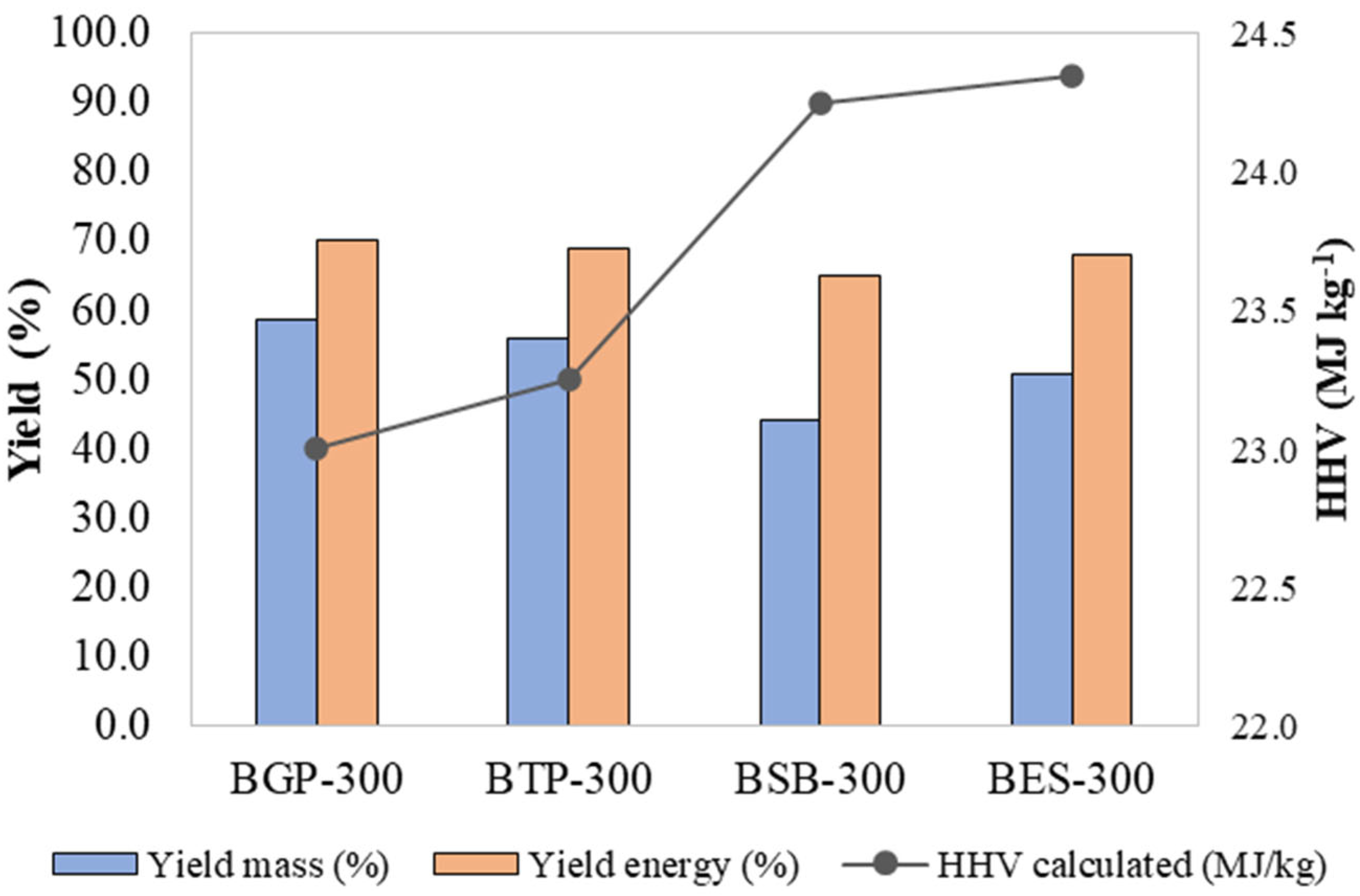
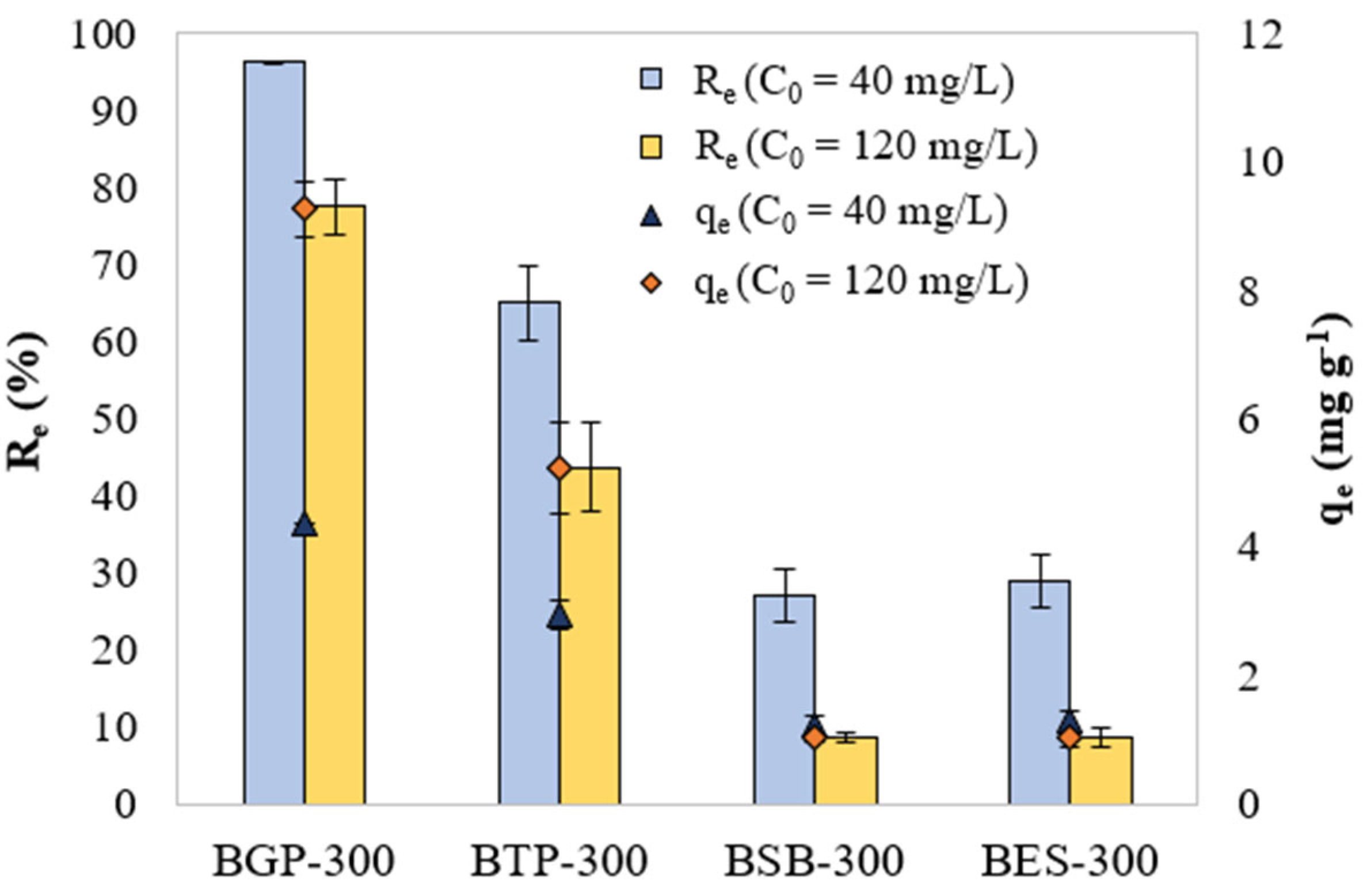

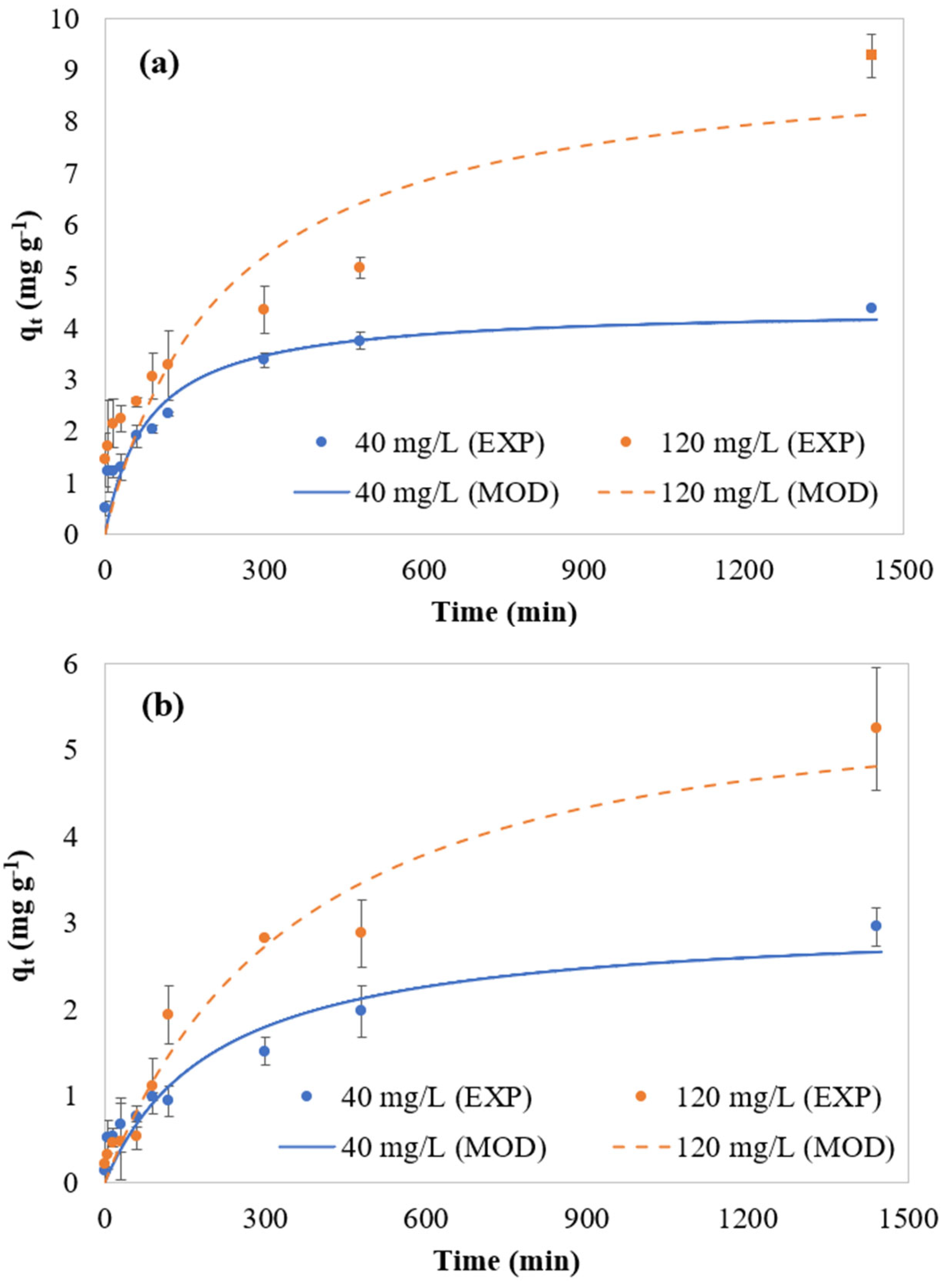

| Feedstock | Biochar | Biochar Sieved (0.6–1.2 mm) |
|---|---|---|
| Grape pomace | ||
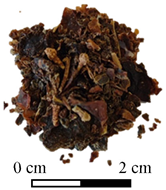 | 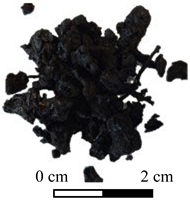 | 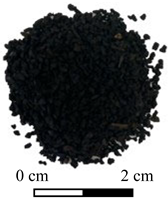 |
| Tree pruning | ||
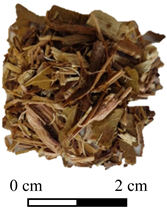 | 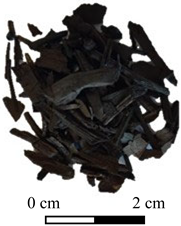 | 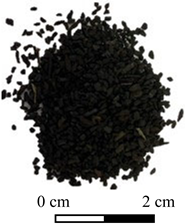 |
| Sugarcane bagasse | ||
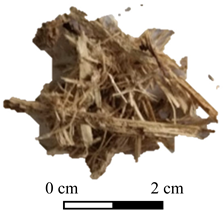 | 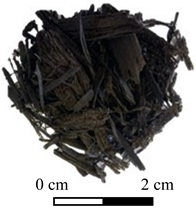 | 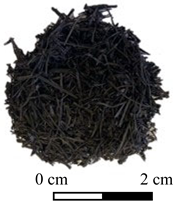 |
| Eucalyptus sawdust | ||
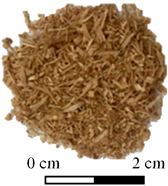 |  |  |
| Sample | Moisture Content (%) | Volatile Matter (%) | Fixed Carbon (%) | Ash Content (%) | HHV (MJ kg−1) |
|---|---|---|---|---|---|
| GP raw | 8.59 | 70.36 | 23.82 | 5.81 | 19.35 |
| BGP-300 | 5.24 | 44.91 | 45.10 | 9.98 | 22.87 |
| TP raw | 10.11 | 75.36 | 20.70 | 3.94 | 19.04 |
| BTP-300 | 4.33 | 45.74 | 45.61 | 8.64 | 23.19 |
| SB raw | 6.32 | 75.61 | 14.08 | 10.30 | 16.69 |
| BSB-300 | 2.02 | 38.17 | 52.03 | 9.79 | 24.27 |
| ES raw | 8.46 | 84.91 | 14.99 | 0.09 | 18.54 |
| BES-300 | 3.47 | 55.12 | 44.50 | 0.38 | 24.33 |
| MB Initial Concentration | BGP-300 | BTP-300 | ||
|---|---|---|---|---|
| 40 mg L−1 | 120 mg L−1 | 40 mg L−1 | 120 mg L−1 | |
| (min−1) | 1.43 × 10−5 | 1.24 × 10−4 | 3.32 × 10−4 | 1.14 × 10−3 |
| (min−1) | 1.24 × 10−2 | 4.42 × 10−3 | 4.59 × 10−3 | 1.91 × 10−3 |
| R2 | 0.90 | 0.75 | 0.96 | 0.89 |
Disclaimer/Publisher’s Note: The statements, opinions and data contained in all publications are solely those of the individual author(s) and contributor(s) and not of MDPI and/or the editor(s). MDPI and/or the editor(s) disclaim responsibility for any injury to people or property resulting from any ideas, methods, instructions or products referred to in the content. |
© 2025 by the authors. Licensee MDPI, Basel, Switzerland. This article is an open access article distributed under the terms and conditions of the Creative Commons Attribution (CC BY) license (https://creativecommons.org/licenses/by/4.0/).
Share and Cite
Kasemodel, M.C.; de Aguiar, L.G.; Rodrigues, V.G.S.; Romão, É.L. The Investigation of the Adsorption of Methylene Blue from Water by Torrefied Biomass. Colorants 2025, 4, 21. https://doi.org/10.3390/colorants4020021
Kasemodel MC, de Aguiar LG, Rodrigues VGS, Romão ÉL. The Investigation of the Adsorption of Methylene Blue from Water by Torrefied Biomass. Colorants. 2025; 4(2):21. https://doi.org/10.3390/colorants4020021
Chicago/Turabian StyleKasemodel, Mariana Consiglio, Leandro Gonçalves de Aguiar, Valéria Guimarães Silvestre Rodrigues, and Érica Leonor Romão. 2025. "The Investigation of the Adsorption of Methylene Blue from Water by Torrefied Biomass" Colorants 4, no. 2: 21. https://doi.org/10.3390/colorants4020021
APA StyleKasemodel, M. C., de Aguiar, L. G., Rodrigues, V. G. S., & Romão, É. L. (2025). The Investigation of the Adsorption of Methylene Blue from Water by Torrefied Biomass. Colorants, 4(2), 21. https://doi.org/10.3390/colorants4020021









